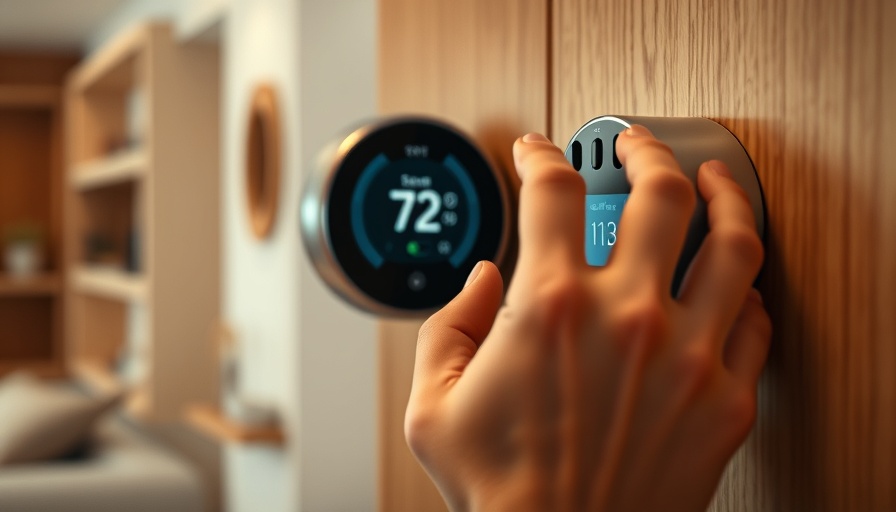
Understanding Home Appraisals: A Key Step for Michigan Homeowners
If you’ve ever been curious about what really happens during home appraisals, you’re not alone. Many homeowners in Southeast Michigan find the appraisal process daunting, filled with unfamiliar terms and processes. However, understanding home appraisals can simplify your journey toward buying or selling a home.
What Exactly is a Home Appraisal?
A home appraisal is essentially a professional evaluation that helps determine a property's market value. As Scott M. Loyer, a licensed residential real estate appraiser, explains, this unbiased estimate is crucial for buyers, sellers, and lenders alike. It ensures everyone is operating on reliable information, especially important in today’s fluctuating market. The appraisal is typically compiled into a report that summarizes the appraiser’s findings.
What Factors Do Appraisers Consider?
When appraisers conduct their evaluations, they don’t just walk through your home and take a guess. As Ronald M. Gold, a New York state-certified appraiser, notes, they inspect the property’s condition closely, assessing everything from plumbing and heating systems to the number of bedrooms and bathrooms. They also look at comparable sales in your neighborhood over the past year to establish a fair value for your home. Other elements like renovations, square footage, and local market trends significantly contribute to the appraisal outcome.
Why Did My Home Appraise Higher Than Expected?
If your home turns out to be worth more than you anticipated, you’re in luck! There are several reasons for this, including rising market conditions or recent sales of similar homes in your area at higher prices. Moreover, if you’ve made improvements to your house, those can dramatically enhance its value in the eyes of an appraiser. This can lead to instant equity for you, making your home investment even more rewarding.
What if My House Appraised Lower Than Expected?
On the flip side, if your house appraises lower than you predicted, it’s essential to understand why. Factors might include a decline in the neighborhood market or physical issues with the property that need addressing. But remember: a lower appraisal doesn’t automatically mean your house is “bad;” it’s simply a reflection of current market conditions and appraiser evaluations.
Making Decisions Based on Appraisal Insights
Understanding the implications of your appraisal report is vital. If your home appraises for less than your asking price, you may have to adjust your expectations or negotiate with potential buyers. Conversely, if your appraisal exceeds the sale price, this can boost the buying experience as you might enjoy instant equity. So, it’s crucial to digest this information thoughtfully.
Final Thoughts: Get Informed!
By demystifying the appraisal process, you empower yourself as a homeowner. Whether you’re buying or selling, knowledge about home appraisals can significantly impact your financial decisions. So, when you find yourself in need of an appraisal, you can feel confident in navigating the process. Always consider seeking professional help when necessary, especially if you're not familiar with home improvement trends or repairs. Now, take that first step towards home improvement or purchase confidently!
Curious about more home-related topics? Stay tuned for insights on DIY projects and home maintenance tips to enhance your living space!
 Add Row
Add Row  Add
Add 




Write A Comment